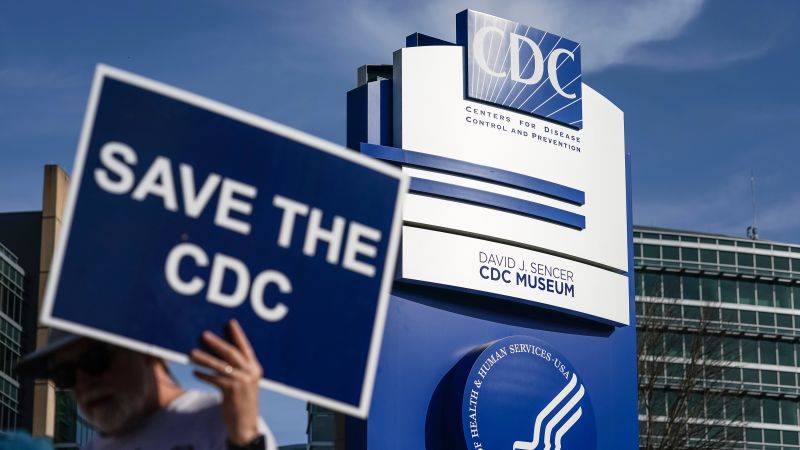In a significant development concerning public health in the United States, the Department of Health and Human Services (HHS) has announced the reinstatement of over 450 employees at the Centers for Disease Control and Prevention (CDC). This move comes after a major reorganization that resulted in mass firings in April, impacting various public health sectors, including those focusing on vital issues such as HIV, viral hepatitis, and childhood lead exposure.
The recent confirmation from an HHS spokesperson has revealed that more than 200 employees have had their firings rescinded at the CDC’s National Center for HIV, Viral Hepatitis, STD and Tuberculosis Prevention. Additionally, 158 employees were reinstated at the National Center for Environmental Health, while another 71 were brought back in the Office of the Director, alongside two dozen others from the Global Health Center. This reinstatement marks a crucial step in restoring the CDC’s capacity to address pressing public health concerns.
This resurgence of staff represents approximately 20% of the 2,400 CDC employees that HHS had indicated would be dismissed as part of a massive Reduction in Force (RIF) conducted in April. While the cuts extended to various branches, including the Food and Drug Administration (FDA), the National Institutes of Health (NIH), and the Centers for Medicare and Medicaid Services (CMS), Wednesday’s reinstatement specifically targeted those employees associated directly with the CDC. This tailored approach indicates a recognition of the pivotal roles these employees play in safeguarding public health.
Andrew Nixon, the HHS Director of Communications, highlighted the commitment of the Trump Administration to maintaining essential public health functions under the leadership of Under Secretary Kennedy. His statement emphasized that the efforts of HHS include protecting critical services, not only in communicable disease research but also in lead exposure prevention aimed at safeguarding vulnerable populations such as children. This assurance aligns with the priorities set forth by HHS, which centers on enhancing the well-being and health of all Americans without diluting the primary mission of the department.
The considerations surrounding these reinstatements are rooted in the overarching need for effective public health response mechanisms. A concerning aspect of the earlier firings was the substantial impact on the CDC’s efforts relating to childhood lead poisoning prevention. This particular branch was crucial during a pressing lead exposure crisis in Milwaukee schools, where the CDC’s specialists had to deny assistance due to the abrupt cuts. Notably, Secretary Robert F. Kennedy Jr. faced considerable scrutiny from lawmakers and journalists regarding the future of this pivotal department, confirming that he had no intention of disbanding it.
The urgent reactivation of the lead team on Wednesday, alongside the reinstitution of its parent group, the Division of Environmental Health Science and Practice, reflects a strong resolve to reinforce public health initiatives. Dr. Erik Svendsen, the newly reinstated director, is tasked with leading this unit, which plays a vital role in monitoring and addressing environmental health risks.
Employees who were previously put on administrative leave under the RIF have received communications revoking their dismissal notices, allowing them to resume their functions. A recent email sent to these reinstated staff underscored that the initial reduction in force notice was officially retracted, indicating their reintegration into the workforce and ensuring that they will not be impacted by upcoming organizational changes.
In summary, the reinstatement of critically needed public health personnel at the CDC represents a strategic shift in the response to health crises, reinforcing the government’s commitment to public health. The actions taken by HHS to restore these positions serve as a vital acknowledgment of the importance of reliable and dedicated public health infrastructure in effectively managing the ongoing challenges faced by communities across the United States.



